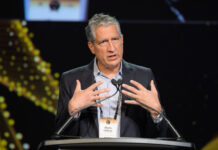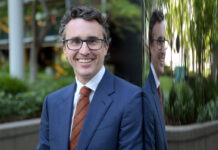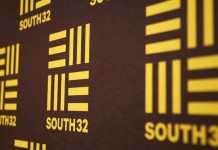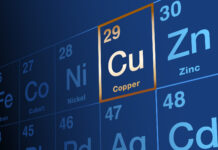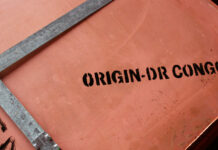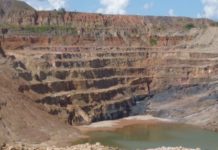
[miningmx.com] — IT remains to be seen whether Gold Fields can bridge an estimated 600,000 oz shortfall in its 2009 production growth target. Assuming it develops Cerro Corona, a gold mine in Peru, and another mine in Burkina Faso, the South African want-a-way is still about 30-40% short of the 1.5 million additional ounces it said it wanted to produce. The company concedes it isn’t getting easier to find additional gold ounces.
In its coverage of the Denver Gold Forum, Miningmx quoted Gold Fields CEO, Ian Cockerill, acknowledging that acquisitions were difficult to find owing to the company’s strict investment return criteria. Now chairman, Chris Thompson, concedes reserve growth is being constrained by other factors.
“Higher input costs in the form of higher steel prices, higher cyanide, diesel and reagent costs, together with deteriorating mine grades, are to blame,’ he said commenting on falling or static gold reserves. “This industry, which survived gold below $275/oz, is strikingly unprosperous at $425/oz’.
And organic growth from South Africa is not the answer either. “Production growth from new ventures in South Africa is limited by the lack of new mining opportunities in gold’.
“By and large, profitable growth in South Africa can only be achieved through investment in cost reduction and labour productivity in existing mines. These have their limits. Growth for this company therefore, must be come from new discoveries and/or acquisitions outside South Africa,’ he said.
Cockerill said that although discovering new ounces was a challenge, he felt the group’s executives had “the wit’. He has made this comment both in Johannesburg – at the launch of the group’s annual report – and in Denver roughly a week ago. If Cockerill has an interesting target in mind, he’s hardly about to run up its value by saying so.
But one has seen optimism of this ilk frustrated before. Gold Fields’ bold entrance into the platinum group metals industry bit the dust (or permafrost) last year. It spent $90m on Arctic Platinum, a Finnish development the capital cost of which ballooned $200m to $500m before it was suspended.
A strengthening in the Euro against the dollar, steel and construction cost increases raising capital costs 50%, and low palladium prices, the metal to which Arctic Platinum was most exposed, put the project beyond Gold Fields’ reach.
Thompson, constantly scanning the horizon, is fearful of these problems: “Inflation in capital, operating and transport costs generally, is affecting the economics of new projects almost everywhere which, when combined with the social and political risks of entering countries where gold is being found makes growth a challenge,’ he said.
Gold Fields has four years to meet its challenge, but there’s no use ignoring the omniscient Polyus, the gold unit of Norilsk which told Bloomberg News recently that it still coveted Gold Fields’ offshore assets.
Polyus represents a viable growth alternative for Gold Fields. After the frenzy of the foiled IamGold Corporation deal, and the failed Harmony bid, the Russians are quiet but comfortably entrenched on Gold Fields board. They are Artem Grigorian (48), who is also a director of Russian Spectra, and Sergei Stefanovich (35). Speaking in Denver, Cockerill said the Russians had been distracted but were “on side’ again. Two board meetings have been held.
Cockerill reminded shareholders in the annual report (page 15) that Gold Fields and Norilsk continue to “… explore the potential for co-operation regarding our respective gold assets’.


